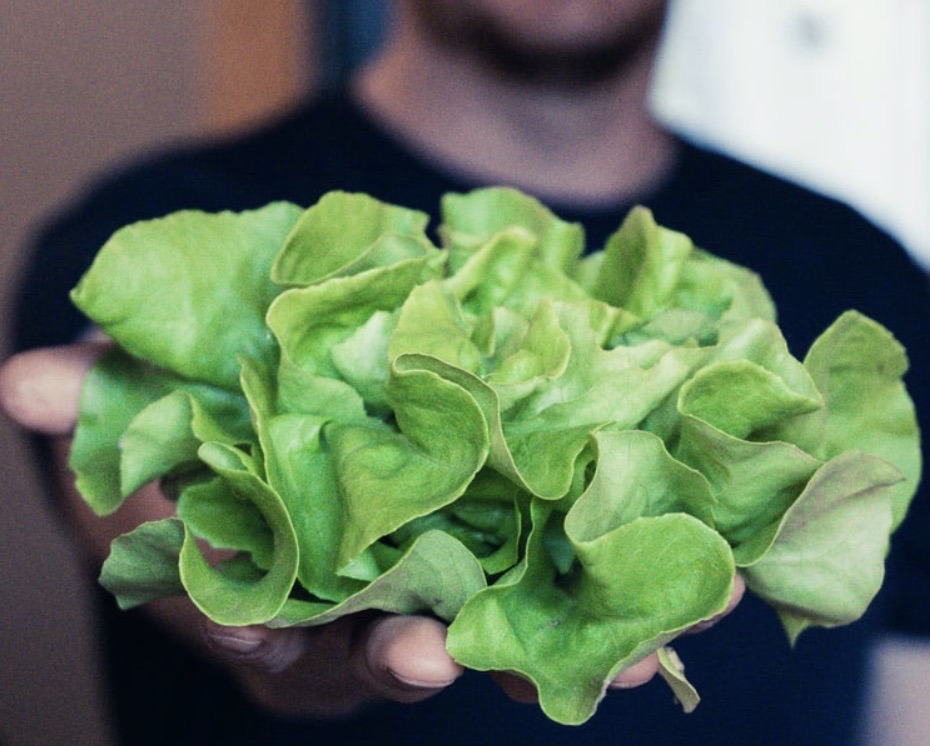Farmers are proving that one doesn’t need a large amount of space or favourable weather to conduct a successful farm. Some farmers have started making use of shipping containers to achieve great feats in agriculture.
These shipping containers have been known to yield fresh produce even in the bitter cold of winter.
Shipping Container Greenhouses
The idea of using a shipping container for a farm originally stemmed from the practice of constructing rooftop greenhouses. These greenhouses make use of under-utilized city spaces. As well as allow for something very good to come out of almost nothing.
Of course, it’s easier said than done.
Setting up a rooftop greenhouse can take several years, and there is a large amount of city permitting and designing that goes on. In the end, the process can cost up to $2 million.

That is why some aspiring urban farmers have turned to the humble shipping container as their source of inspiration. It has been a perfect match.
Shipping containers are designed to withstand extreme temperatures, while also keeping the insides relatively consistent. They are easy to transport, for that reason they are convenient to use.

how are these shipping containers made for farming?
Farmers have been equipping shipping containers with hydroponic growing systems and LED lights. The containers are digitized so that the farmers can obtain detailed data on their water flow, temperature and lighting.
Some people are merely in the business of prepping such containers for farming and then selling them for around $80,000.
Other smaller operations prepare their shipping containers themselves to start their home farm, allowing them to produce fruits and vegetables even after the frost hits.
With the slim profile of the shipping containers, they can easily fit in the nooks and crannies of a city. They are placed between buildings, in parking lots and underdeveloped side lots.
While the average shipping container is only 320 square feet, vertical hydroponics allow the urban farmers to match the yield of a two-acre plot of land.
are these expert farmers?
Many of the people involved have little to no farming experience. Mostly, they’re people who are passionate about growing food but who don’t want to exit the city to do it.
Some companies have taken advantage of this by offering training programs and then selling the graduates the seeds, nutrients and tools they need to get started.
Needless to say, if people want something badly enough, they will find a way to make it happen. Even if it means cramming an entire farm into a shipping container.
Up Next … How Are Countries Legalizing Cannabis?
don’t forget to follow us on instagram!
Stay Connected
